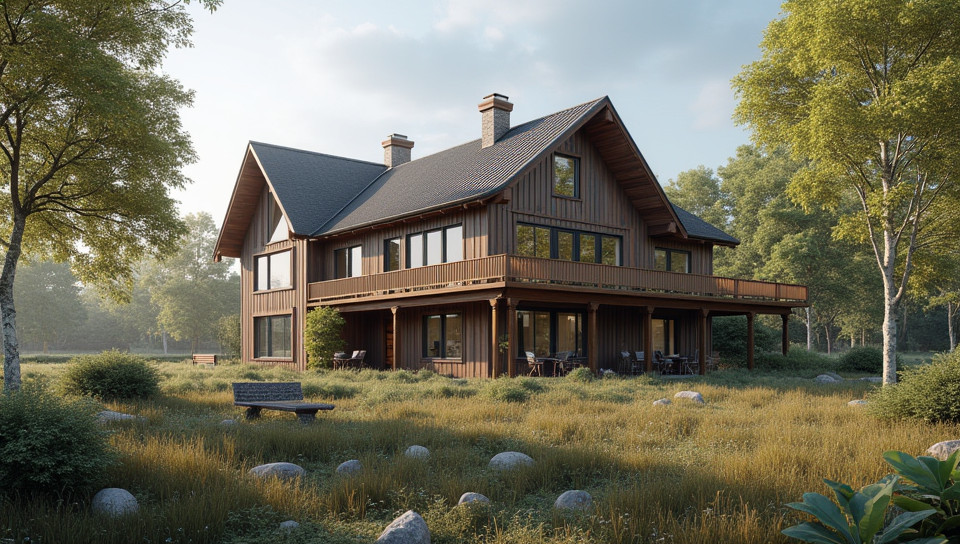Restoration projects need ongoing assessment 68%

Restoring the Past: Why Ongoing Assessment is Crucial for Successful Restoration Projects
As we strive to preserve our cultural heritage and natural environments, restoration projects have become increasingly important. From historic buildings to ecosystems ravaged by human activity or natural disasters, restoration projects aim to return these areas to a state of health and functionality. However, these efforts require more than just a one-time fix – they need ongoing assessment to ensure their long-term success.
Understanding the Importance of Ongoing Assessment
Ongoing assessment is critical for several reasons:
- Identifying potential risks and threats
- Monitoring progress towards project goals
- Adjusting strategies as needed
- Ensuring that restoration efforts are sustainable
Without regular evaluation, restoration projects can falter or even fail due to unforeseen circumstances. This may lead to a loss of resources, both financial and human, and undermine the very purpose of the project.
The Challenges of Restoration Projects
Restoration projects often face significant challenges, including:
- Limited funding
- Complex technical requirements
- High levels of uncertainty
- Strong emotional attachments to the restored area or object
These factors can make it difficult to develop and implement effective restoration strategies. However, by incorporating ongoing assessment into these efforts, project managers and stakeholders can better navigate these challenges and increase the likelihood of success.
Strategies for Ongoing Assessment
Effective ongoing assessment requires a range of strategies, including:
- Regular monitoring of environmental conditions
- Continuous evaluation of project progress
- Stakeholder engagement and feedback
- Adjusting restoration plans as needed
By adopting these approaches, restoration projects can adapt to changing circumstances and ensure that their efforts remain focused on achieving the desired outcomes.
Conclusion
Restoration projects are complex and often high-risk endeavors. While they offer significant benefits for our cultural heritage and natural environments, they require ongoing assessment to succeed. By recognizing the importance of regular evaluation and incorporating effective strategies into restoration efforts, we can increase the chances of success and create lasting positive impacts on our world.
- Created by: Aline Rocha
- Created at: Nov. 9, 2024, 12:04 p.m.
- ID: 15670









